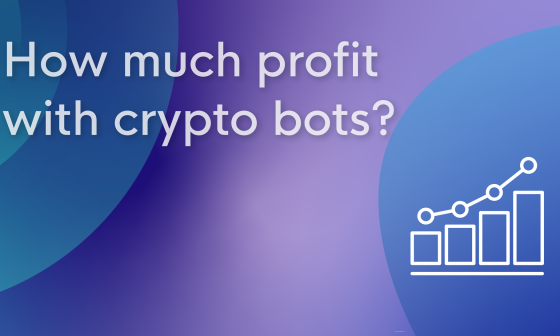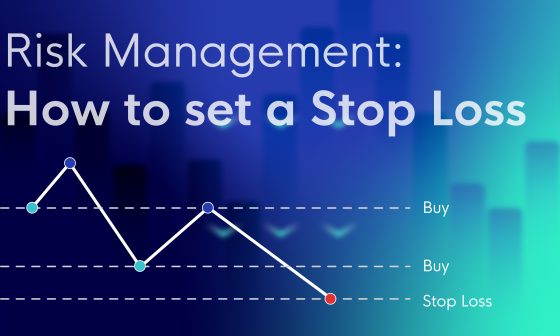Trailing Stop Loss and Trailing Take Profit are flexible methods of setting up Stop Losses and Take Profits, where the placement of each follows (trails) the price, allowing traders to capitalize on strong moves.
Volatility has become synonymous with crypto markets. Violent upwards or downwards swings can move pairs extremely quickly leaving novice traders wondering how profitable crypto traders turn these moments riddled with panic into opportunities? Bitcoin breaking multiple resistances within an hour is not an uncommon occurrence. So how can you know how strong the next move will be and maximize your chances of catching the top or bottom?
Types of strategy rules you can set when creating crypto bots.
Why Use Trailing Stop Loss and Take Profit?
Using a Stop Loss and Take Profit is Trading 101, but to truly ride those double digit gains there are no better tools than Trailing Stop Loss and Trailing Take Profit. Once set, they are automatic so you can cheer the move on, go enjoy life – instead of dreading selling too soon.
Setting a traditional Stop Loss and Take Profit means that once the price reaches either of these two your trade will be closed. With it’s trailing counterparts the Take profit or Stop Loss get attached to the price as it moves up or down.
The Trailing Stop Loss moves up as the pair is rising in value and the Trailing Take Profit can have additional space for growth once the static versions have been hit.
Trailing Stop Loss explained
If you decide to trade 10% of your funds and set a Trailing Stop Loss of 10%, the trade will be open until a 10% reversal happens or the price reaches a new high for the Trailing Stop Loss to be moved up. The Stop Loss gets moved up every time the price reaches a new high. Price is communicated to the Trailing Stop Loss constantly and is continuously updated. This is how the Trailing Stop Loss would move in practice on a trade initially costing you $90:
| Market Price | 10% Stop Loss moving with Market Price |
| $90 | $81 |
| $100 | $90 |
| $110 | $99 |
The Trailing Stop Loss would look like this in action:
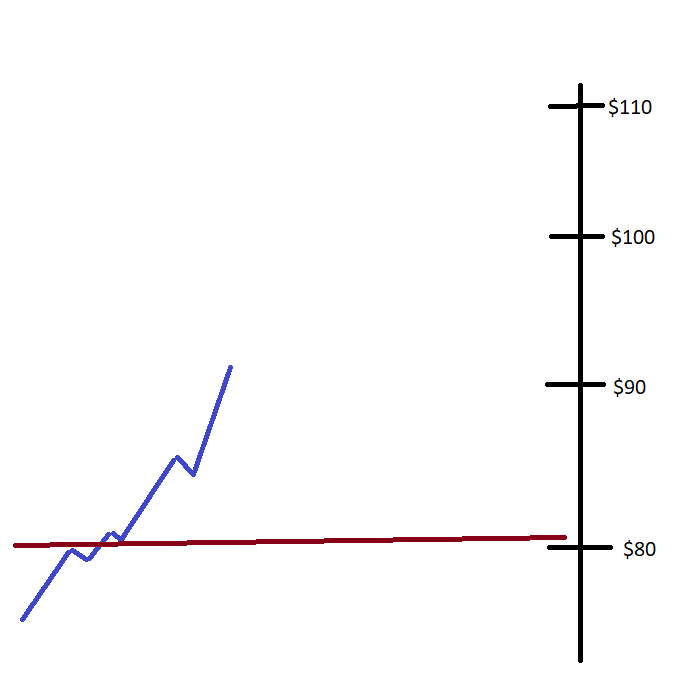
Whenever the price moves, but does not set a new high the Trailing Stop Loss is static as well. If the price moves down the Trailing Stop Loss does not move. For example:
| Market Price | 10% Stop Loss moving with Market Price |
| $90 | $81 |
| $88 | $81 (TSL does not move) |
| $100 | $90 |
| $95 | $90 (TSL does not move) |
| $110 | $99 |
| $98 | $99 (position closed) |
By using a Trailing Stop Loss the position was closed at $99, instead of $81.
This Trailing Stop Loss example would look like this visually:

As long as the price is reaching highs not seen before the trade was opened the Trailing Stop Loss will move to minimize your losses. When price starts going down the Trailing Stop Loss becomes fixed to the previous high and is not moved.
In CLEO.one a Trailing Stop Loss can be set up in a single click under Money Management and works on multiple exchanges:
Trailing Take Profit
Trailing Take Profit is set by choosing the regular Take Profit and a “trailing distance.” Once the Take Profit is reached the trailing distance works as the new selling point. Any time the price reaches a new high, the Trailing Take Profit moves up so you are able to stay in the trade untill there is a persistent price increase.
For example you are buying a $100 worth of BTC are setting your Trailing Take Profit at 10% with a 3% trailing distance. Once the 10% increase is reached, the 3% trailing distance works just like a conventional Stop Loss or Take Profit depending if you are shorting or longing:
| Market Price | 10% Take Profit, 3% trailing distance moving with Market Price |
| $100 | $110 |
| $110 | $106.7 |
| $120 | $116.4 |
It looks like this:
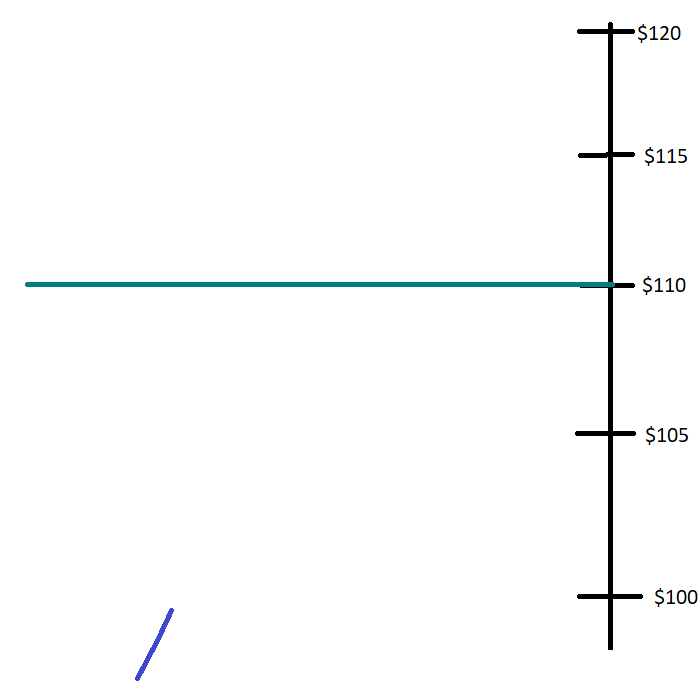
If the price starts going down but it does not reach the trailing distance (3% in the example above) the Take Profit remains the same:
| Market Price | 10% Take Profit, 3% trailing distance moving with Market Price |
| $100 | $110 |
| $110 | $106.7 |
| $108 | $106.7 (TTP does not move) |
| $120 | $116.4 |
| $117 | $116.4 (TTP does not move) |
| $116 | $116.4 (position closed) |
By using a Trailing Take profit the position was closed at $116.4, instead of $110.
This is what it would look like on the charts:
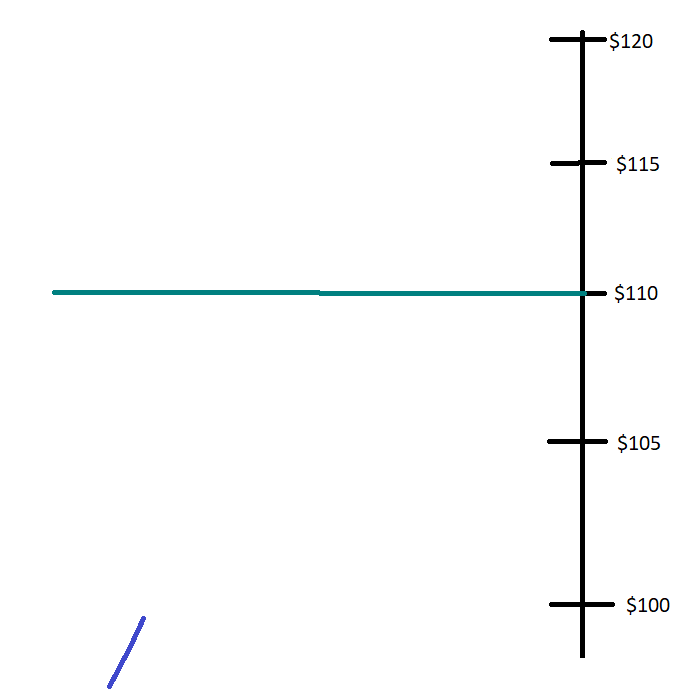
In CLEO.one a Trailing Take Profit can be set up in a single click under Money Management and works on multiple exchanges:
Use the trailing distance conservatively
It might seem attractive to use a wide trailing distance to capture as much profits as possible, but this might diminish your losses. If you set your Trailing Take Profit at 10% with a trailing distance of 3% once those 10% are reached your Take Profit is moved down 3%. Effectively your total Take Profit is at 7%.
If you set your Trailing Take Profit at 20% with a trailing distance of 20% and the trade goes well, you are risking all profits as your Take Profit moves down by 20%. Set your trailing distance at about 20% max of the Take Profit so you hold on to your gains while maximising profits.
Set a Trailing Stop Loss and Trailing Take Profit differently
While price percentages in money management are a great way to bring in sophistication in your trading, Moving Averages and Volume Weighted Average Price are great examples of how you can set dynamic Stop Loss and Take Profit.
Instead of using percentages, you enter a trade when the price is crossing up one of them and exit when price crosses it down. This can be automated as a Closing Rule and deployed as a crypto trading bot on the exchange of your choice with CLEO.one.
We will look at this in more detail in the following post.






